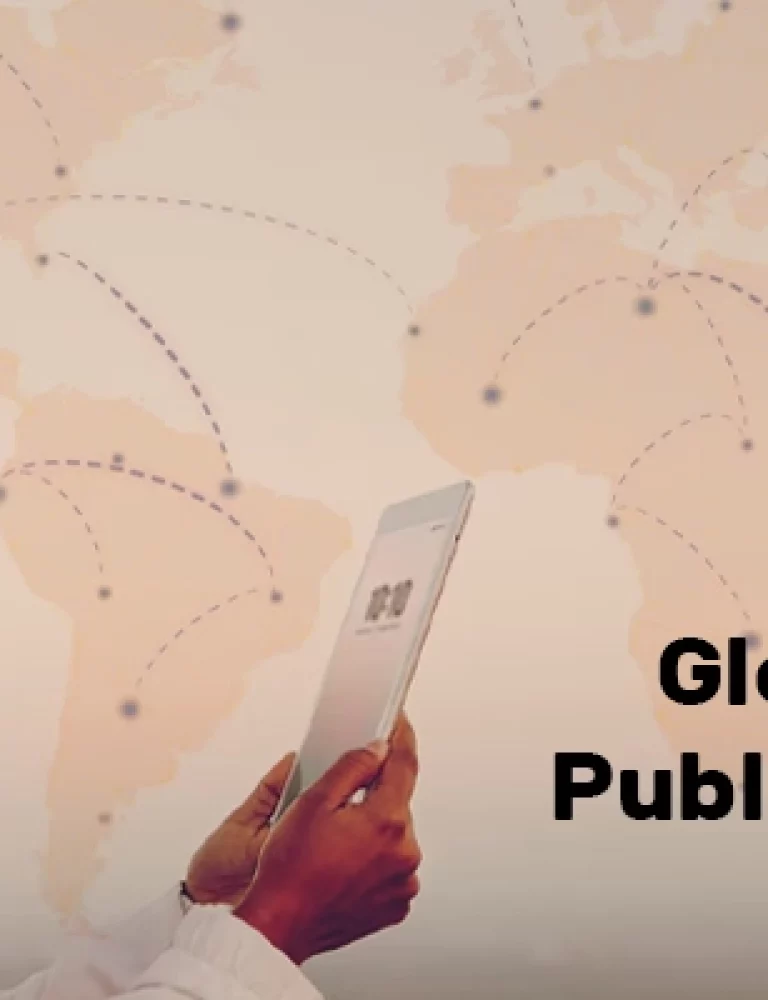Have you ever thought about the profound impact of collaboration on shaping academic capability and professional skills? In the evolving environment of K12 education, collaboration has gone beyond conventional learning, playing an important role in nurturing skills that are essential in the real world.
As we delve into the fusion of collaboration and technology, this exploration attempts to explain the transformative journey that K12 students are navigating, from understanding the growing importance of collaborative skills, its various benefits, and how technology serves as the catalyst for taking the art of collaboration to new heights.
Table of Contents
I. Why is the Art of Collaboration Influential?
II. Benefits of Collaboration for K12 Students
- Brainstorming Creative Ideas
- Get to Know More About Yourself
- Develop a Wide Range of Skills
- Encourage Positive Relationships
III. How can Technology Teach K12 Students the Art of Collaboration?
- Digital Platforms as Collaborative Spaces
- Interactive Multimedia Tools
- Video-Based Collaboration
- Cloud-Based Collaborative Editing
- Cross-Disciplinary Project Work
- Virtual Study Groups
- Inclusive Learning through Technology
IV. Conclusion
Why is the Art of Collaboration Influential?
Collaboration has become an influential topic in recent years, with employers considering it a crucial ability to seek in the workplace. In 2023, statistics indicated that 75% of employers considered collaboration an essential skill.
Therefore, there is no second option but to acknowledge and prioritize this skill. It has ample positive impacts on students’ learning. Whether it’s understanding a subject, boosting confidence, enhancing social skills, or even improving communication skills, it enhances all aspects of the learning experience.
Moreover, collaboration goes beyond its impact on education; it fuels innovation, enhances problem-solving, and encourages personal and professional growth. Through the development of essential collaborative skills, students can become more adaptable, innovative, and effective in their future academic and professional environments.
Benefits of Collaboration for K12 Students
Collaboration is an important aspect to look into to develop various skills. Apart from this, it plays a vital role in overall development. Here are some of the benefits listed below:
1. Brainstorming Creative Ideas
Group study promotes idea sharing, enhancing problem-solving skills, and boosting both the quality and quantity of creative ideas. It stimulates active engagement, nurtures creative thinking, and creates an appealing learning environment, positively impacting academic achievement, confidence, motivation, and overall student engagement.
Additionally, incorporating brainstorming activities cultivates idea development, connections, and respectful collaboration. This interactive method increases active student participation, making learning enjoyable and effective for idea generation and information retention.
2. Get to Know More About Yourself
Collaborative learning offers students a pathway to self-discovery. It enhances self-awareness by allowing students to identify their strengths and weaknesses, which leads to better decision-making and self-growth.
It cultivates self-confidence, encourages self-reflection, and provides opportunities for leadership development, contributing to a deeper understanding of one’s abilities and learning style.
Furthermore, exposure to diverse perspectives through collaboration allows students to broaden their perspectives and better understand themselves. By incorporating these collaborative experiences into the classroom, students enhance their academic learning and develop crucial skills for personal growth and success in future academic and professional life.
3. Develop a Wide Range of Skills
Cultivating diverse skill sets is important for students’ future success. Students enhance communication skills, critical thinking, self-management, and leadership abilities by engaging in discussions, joint problem-solving, and group tasks.
This approach increases student engagement and boosts problem-solving proficiency, creating a foundation for adaptability and teamwork.
Simultaneously, collaborative learning helps students acquire a comprehensive skill set, preparing them for the future. On a short note, KITABOO acts as a catalyst for collaborative learning, providing students with the diverse skill sets they need to excel in the future.
4. Encourage Positive Relationships
Positive relationships yield numerous benefits through collaborative learning. It encourages a conducive learning environment, increasing student engagement and preparing them for future challenges by instilling teamwork and adaptability.
The experience also provides opportunities for students to take on leadership roles, contributing to developing their leadership skills and individual leadership styles.
Incorporating collaborative approaches in the classroom enhances students’ learning experiences and builds positive relationships that support their journey.
How can Technology Teach K12 Students the Art of Collaboration?
Technology acts as a catalyst of change, redefining the ways of collaboration among students. The traditional model of student learning in isolation is replaced by an active, interconnected approach made more accessible through a wide range of technological tools.
Here’s a detailed exploration of how technology serves as a mentor in teaching K12 students the art of collaboration:
1. Digital Platforms as Collaborative Spaces
Technology introduces collaborative digital platforms, such as Google Workspace for Education, Microsoft Teams, and Edmodo, transforming the virtual space into a collaborative hub.
These platforms enable real-time interactions, encouraging seamless communication and shared access to educational resources. Students can collaborate synchronously or asynchronously, breaking the barriers of physical classrooms.
2. Interactive Multimedia Tools
Tools like Padlet, Flipgrid, and Jamboard revolutionize collaboration by integrating multimedia elements. Students can contribute visually by adding images, videos, and interactive content to their projects.
This creative approach enhances engagement and encourages diverse forms of expression, leading to varied learning styles within a collaborative framework.
KITABOO offers diverse areas for creating interactive ebooks, presentations, and learning materials that captivate and inspire students.
3. Video-Based Collaboration
Video platforms like Flipgrid and Zoom Breakout Rooms bring a human touch to virtual collaboration. Students can share video responses, engage in discussions, and present ideas through strong visuals.
This approach appreciates interactions and nurtures a sense of connection and companionship among students, which is essential for effective collaboration.
4. Cloud-Based Collaborative Editing
Cloud-based tools facilitate collaborative document editing. Students can collectively work on assignments, projects, or reports in real-time, eliminating the limitation of physical presence.
The seamless sharing and simultaneous editing feature encourage repetitive collaboration, allowing students to refine and enhance their work collaboratively.
5. Cross-Disciplinary Project Work
Technology opens paths for cross-disciplinary collaboration through platforms like Padlet and Flipgrid.
Students from different subjects can converge in a virtual space, working collaboratively on projects that go beyond traditional subject boundaries. This reflects real-world scenarios and promotes a holistic understanding of concepts through collaborative exploration.
6. Virtual Study Groups
Video conferencing tools become catalysts for virtual study groups, where students collaboratively engage in discussions, clarify doubts, and collectively tackle assignments. The ease of organizing such groups promotes a culture of mutual support and collaborative learning beyond physical classrooms.
7. Inclusive Learning through Technology
Assistive technologies, such as text-to-speech and lesson pacers, ensure inclusive collaboration. These tools help with diverse learning needs, allowing every student to actively participate in collaborative activities, regardless of their abilities. Inclusivity becomes a foundation, reflecting the principles of collaboration.
Conclusion
In conclusion, the relationship between collaboration and technology leads to transformative potential embedded in K12 education. The journey taken by students is no longer solitary, but a collaborative trip where ideas converge, skills intertwine, and relationships multiply.
The technology lights students’ path to navigate the complexity of the future. Collaboration ignited with technological advancement helps K12 students not only be spectators but also take active participation, sculpting a future where collaboration is not just a skill but a necessary standard guiding them toward unparalleled success.
By incorporating KITABOO interactive features, you can effectively transform your K12 classrooms into vibrant, collaborative learning hubs, empowering students to develop the essential skills and knowledge needed to thrive in the 21st century.
Start a conversation with us at KITABOO@hurix.com.
Discover How An Ebook Conversion, Publishing & Distribution Platform Can Help You
Kitaboo is a cloud-based content platform to create-publish & securely distribute interactive mobile-ready ebooks.
You May Also Like








